4 Things To Consider Before You Light Mulch On Fire
There are a few reasons why someone might want to burn mulch. But can you, and if so, what are the potential risks of doing so?
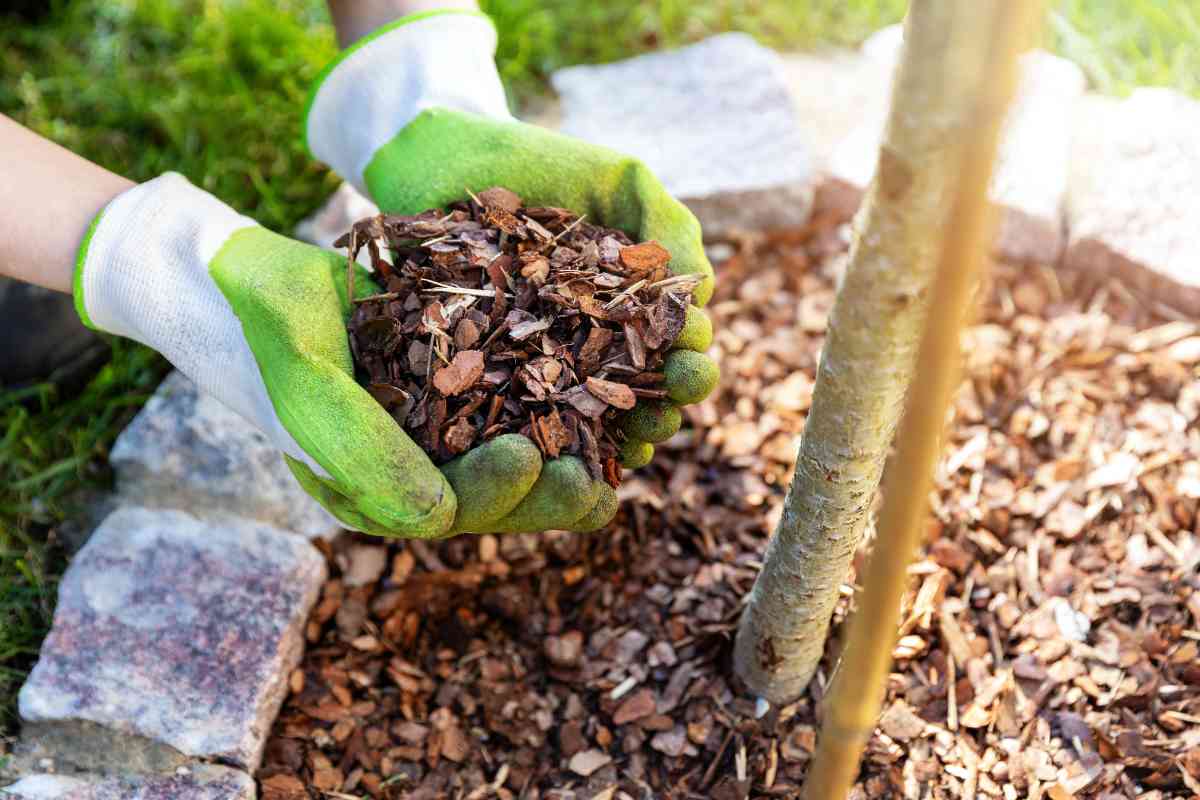
Can you burn mulch?
You can burn any organic mulch because it contains only safe and natural ingredients for the soil and surrounding environment. Synthetic or inorganic mulches should not be burned because they contain plastics, geotextiles, stones, and rocks. This is unsafe and releases toxic fumes.
I have dealt with mulch quite a bit and tested burning it numerous times. It’s certainly a faster disposal method, but we will explain whether it’s a good idea and its risks.
Keep reading to learn more. We also analyzed the recommendations from the National Fire Protection Association.
Burning Mulch
Mulch is a great way to improve the look of any garden, as it can help to retain moisture and keep weeds away. But what many people don’t know is that mulch can be potentially dangerous if it’s burned.
Every type of mulch is considered highly flammable and dangerous to burn without a controlled environment.
Anybody without prior experience should seek advice and learn about best practices first.
The type of mulch being burned will also impact the flammability and smoke levels. Some mulch types include:
- Pine needles
- Grass clippings
- Compost
- Straw & hay
- Shredded rubber mulch
- Shredded red cedar
Any inorganic mulch, like shredded rubber, is much more flammable. Avoid burning it within 30 feet of buildings, houses, and other combustible materials to avoid combustion.
The best time to burn old mulch is during the fall and winter months. The colder temperatures reduce the risk of fire hazards associated with burning organic debris, such as mulch.
When burning mulch monitoring weather conditions, such as wind speed and direction, is essential.
This is best to prevent flames from spreading out of control. We should always follow local laws regarding open fires while burning mulch.
Waiting until the mulch is older is also a best practice. Faded mulch is older and this is a clear sign it can be burned or disposed of.
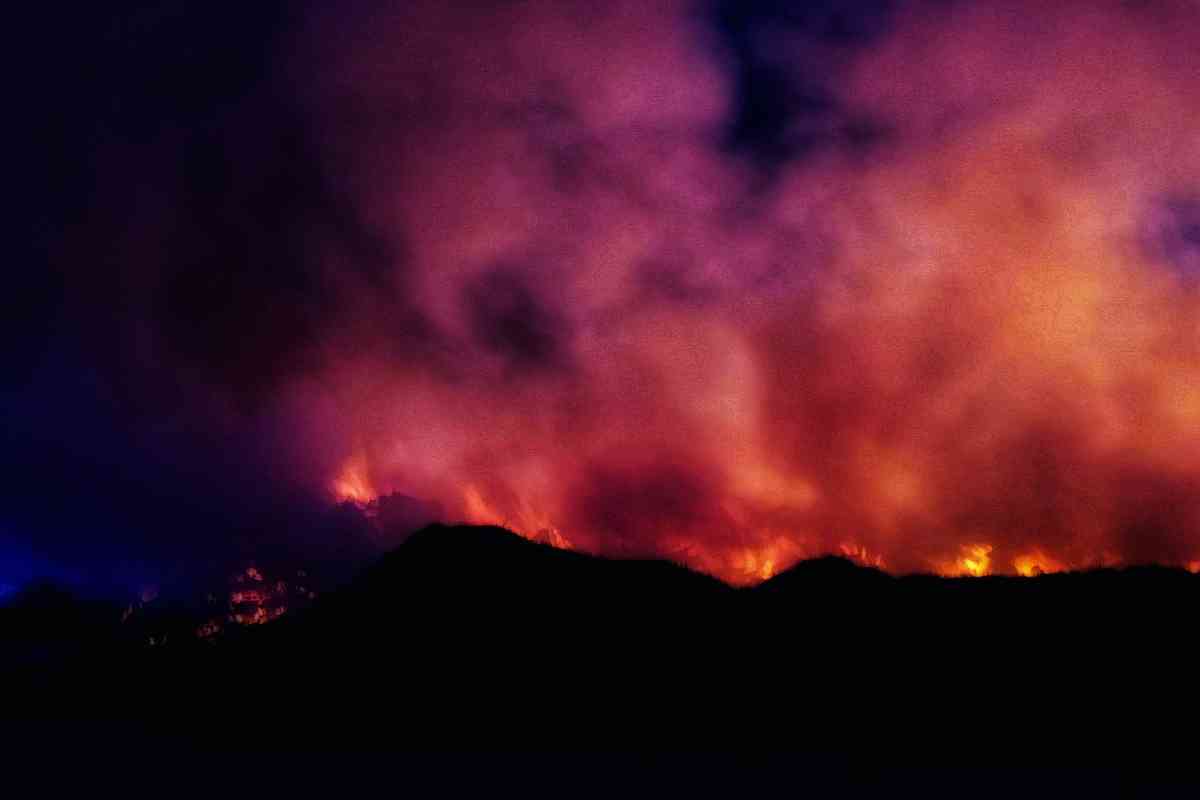
What Are The Risks Of Burning Mulch?
Taking care of our yard is a challenging task. Handling mulch takes time, and when the time comes to replace it, most homeowners look for a shortcut. This is when mulch burning happens.
Here, we will explore the potential risks associated with burning organic or inorganic mulch so that we can make an informed decision regarding maintaining our landscaping needs.
Produces Irritating Smoke
When burning old mulch, there are several health and environmental risks involved. The first risk is smoke inhalation.
Mulch fires with organic mulch and no added synthetics will create harsh smoke but is much less toxic for the lungs and environment.
Burning inorganic mulch is a much more significant risk. This mulch contains many synthetic chemicals and plastics, so the smoke smells worse and is harder to breathe.
It also produces many carbon dioxide and other greenhouse gasses, directly contributing to climate change. This means that burning our pile of mulch not only puts ourselves at risk but also contributes significantly to global warming.
Mulch Is Highly Combustible
Another problem associated with burning mulch is that it’s incredibly flammable. Starting a mulch fire can initially seem small and innocent, but it’s highly combustible and can quickly turn into an uncontrolled fire.
Accidental fires in nearby forests or buildings could quickly occur if we are not extremely careful about extinguishing any flame properly. It’s critical to spread mulch and burn it in a controlled environment like a fire pit whenever possible.
Air Pollution
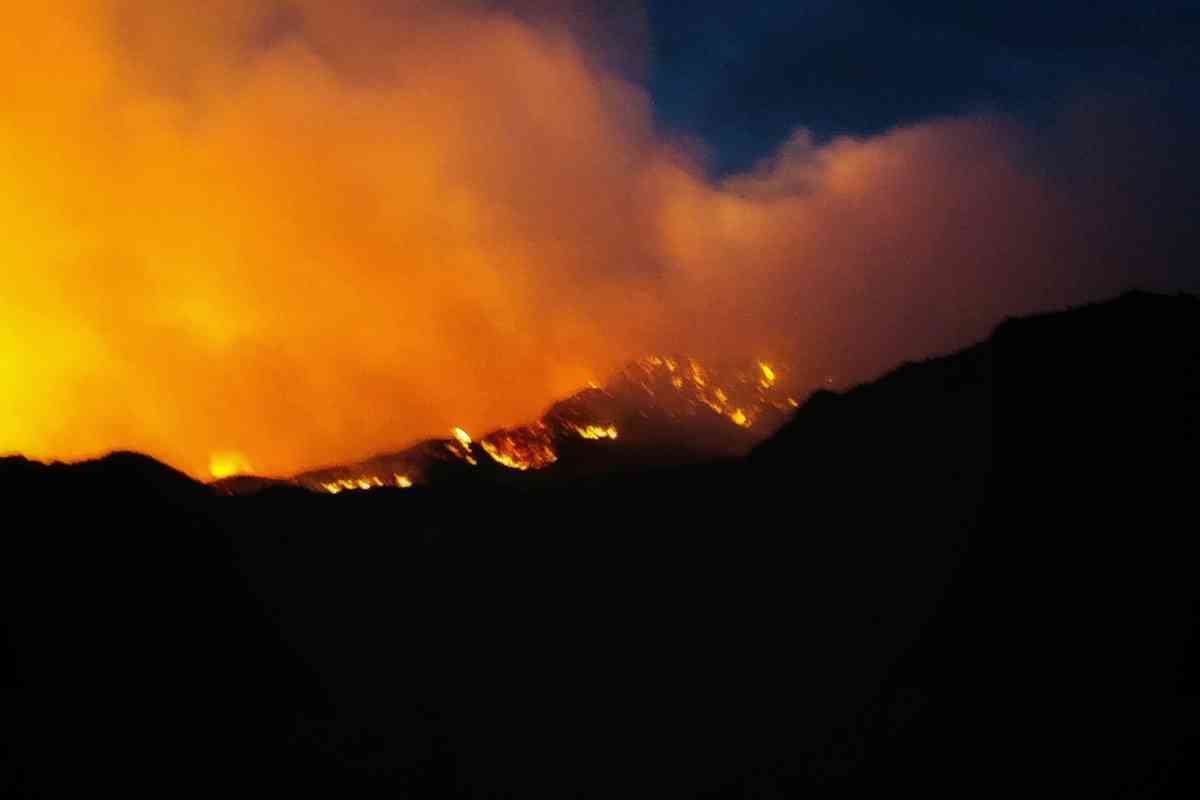
Burning old mulch can cause air pollution by releasing pollutants into the environment, including particulate matter, carbon monoxide, and other irritants.
This can have a negative impact on human health, especially in people with asthma or other respiratory conditions. It also has the potential to release toxins that may eventually end up in our soil and water systems.
It is not recommended to burn organic mulches because of the environmental and health risks associated with it. We prefer other disposal methods.
Damages The Soil
Burning mulch can damage the soil if it’s done in an open area because the heat from the fire can cause the soil to become dry and compacted, preventing plants from being able to take up water and nutrients.
Any chemicals in the mulch will be released into the air and soil during burning, potentially harming nearby vegetation. However, this can mostly be avoided by burning in a fireplace or pit.
Where Should You Burn Mulch?
When disposing of mulch properly, burning it isn’t always a good idea. But it can be done safely and legally.
Make sure only to do the burning over a designated fire pit. This is the best way to control the fire and avoid possible combustion rather than burning it in an open area.
It’s also much safer than just throwing it onto an open flame where sparks could fly into adjacent materials such as fences or plants and potentially start a fire hazard situation.
Fire pits provide excellent control over flame spread, so if we intend on disposing of large amounts at once, this is one of the best options. Be sure to position the fire pit at least 30 feet from the house.
What’s The Best Way To Dispose Of Mulch?
Mulch has many advantages for a garden. It helps retain moisture in the soil, keeps weeds at bay, and provides essential nutrients to plants.
But once it’s time to dispose of mulch, we must know the best way. With proper disposal methods, we can help protect both your garden and the environment.
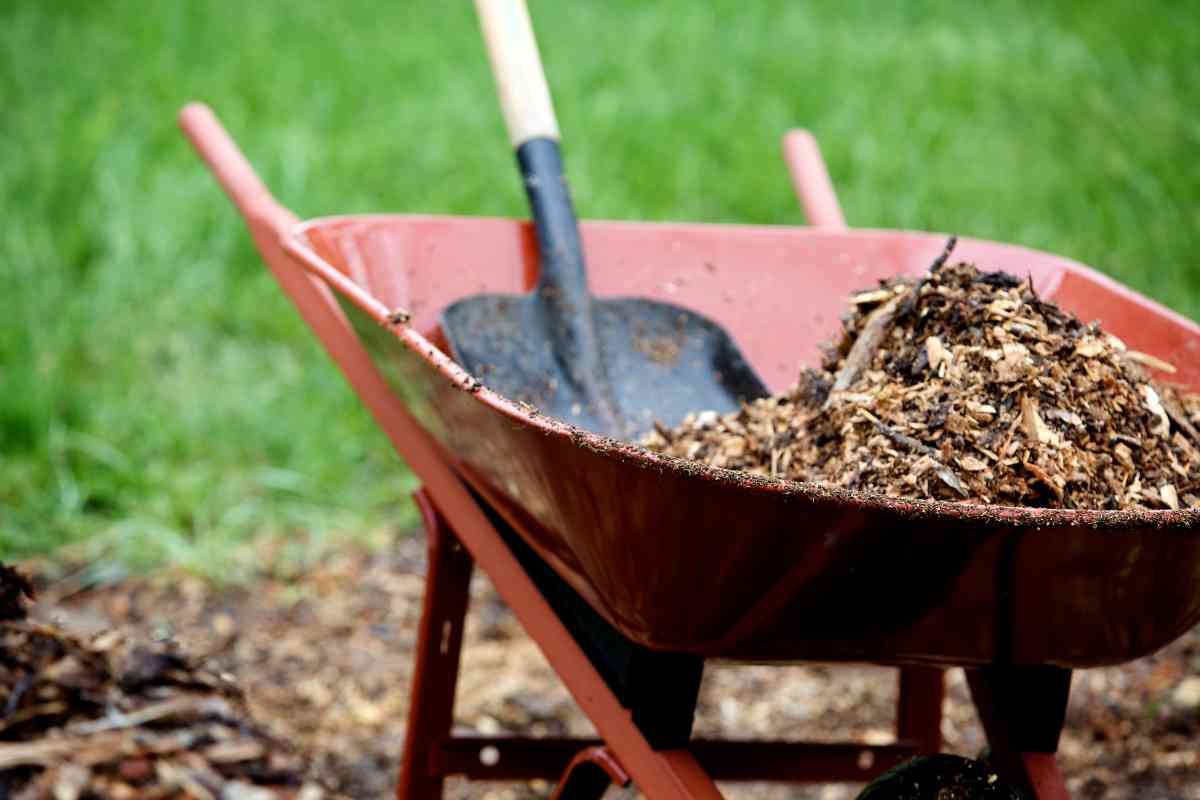
Composting
The best way to dispose of mulch is by composting it. Composting transforms organic materials into a nutrient-rich material that feeds the soil and promotes healthy plant growth.
We can put yard trimmings (including leaves and grass clippings) and food scraps like eggshells or vegetable peels into your compost pile or bin. This method is more straightforward, faster, and cheaper than bagging and moving it to a dump site.
Proper composting requires oxygen, aeration, and moisture. Without it, the mulch remains flammable and combustible. A carbon-to-nitrogen ratio will also vary depending on the mulch type and composting materials.
Use Trash & Leaf Bags
If composting is not an option, we recommend using trash and leaf bags to dispose of the mulch at a dump site. It’s typically the better alternative to burning old mulch at home because of the potential risks.
Safety Tips When Burning Mulch
Mulch can spontaneously catch fire, release toxic fumes, and spontaneously combust. So we recommend these safety tips to do it without any significant problems.
Keep Away All Flammable Products
Make sure that all flammable material is removed from the fire sight before lighting it up. This includes tree branches, leaves, etc., since they could fuel an uncontrolled and dangerous flame.
There was a time when I burned mulch in my fire pit without clearing the area properly. I saw a spark fly out of the pit onto dry leaves near my burning area.
Luckily I was alert and quickly stomped the flame out, but this is a major risk that leads to many accidental fires.
Keep A Water Source Handy
As with any fire, always keep a water source nearby, like a hose. This will prevent mulch fires and enable me to easily douse any flames that become too intense or potentially uncontrollable if left unmonitored.
This is especially handy when using a fire pit. There should also be a cover for the fire pit to help control any flames that get too big.
I prefer only to do the burning in a well-ventilated area too. Burning a mulch pile generates smoke which can cause severe respiratory problems if inhaled in large quantities.
Move The Fire Away From Houses & Buildings
Lastly, never light a fire near a house or a building. This is one of the most important things to remember, and I’ve seen firsthand a friend light his old mulch up in the garden connected to the house and nearly burn it down.
This fire risk should never be overlooked. It may take a little longer to set up the area for burning, but reducing risk should be the priority for everybody.
Are There Any Benefits To Burning Mulch?
Despite the potential risks, there are also some benefits to burning old mulch. Otherwise, nobody would consider this an option.
When organic mulch burns, it creates reusable ash for the garden soil. This is only relevant when burning the mulch in the garden.
This can help future plants and flowers grow. However, inorganic mulches are less likely to create positive soil nutrients. Mulch fires are the fastest disposal method and quickly clears the area. It’s much quicker to burn than compost or pack it in bags for disposal.
This is the primary reason why most people opt to burn soil in the first place. But burning it creates a harsh smell, and neighbors usually complain about it.
Lastly, burning old mulch will kill insects and pests in the garden area. This is because elements like sulfur, nitrogen, and charcoal are found in organic mulch.
When they burn, they can fight off bacteria, fungi, seed germination, and other pests. We won’t see the same results with inorganic or synthetic mulch because there are few natural elements.
Can You Burn Mulch In A Garden Bed?
Burning mulch beds can be done when it’s still in a garden bed, but the risks must be considered. It’s more likely to combust and become an uncontrolled fire than in a fireplace or an outdoor fire pit.
But burning it while in a garden bed is faster, and there are theories that it can add nutrients to the soil. It’s also a more straightforward gardening method than raking and disposing of the soil by hand.
I would not recommend this because it can be risky. Mulch piles of wood chips are the most flammable and they can easily catch fire when we least expect it.
I have also found the soil to be too moist when trying this as an experiment. When this happens, the mulch won’t burn. And drying it only increases combustion risks.
Key Takeaways
- It’s possible to burn mulch, but it’s highly combustible. There are risks of inhaling harsh and dangerous smoke, air pollution, starting a larger fire, and damaging the existing soil or garden area.
- To avoid fire spreading, only do burning in a controlled area like a fireplace or a fire pit. This makes it easier to control the fire to avoid accidents.
- Other ways to dispose of mulch include composting or using trash and leaf bags to transport the mulch to a dump site.

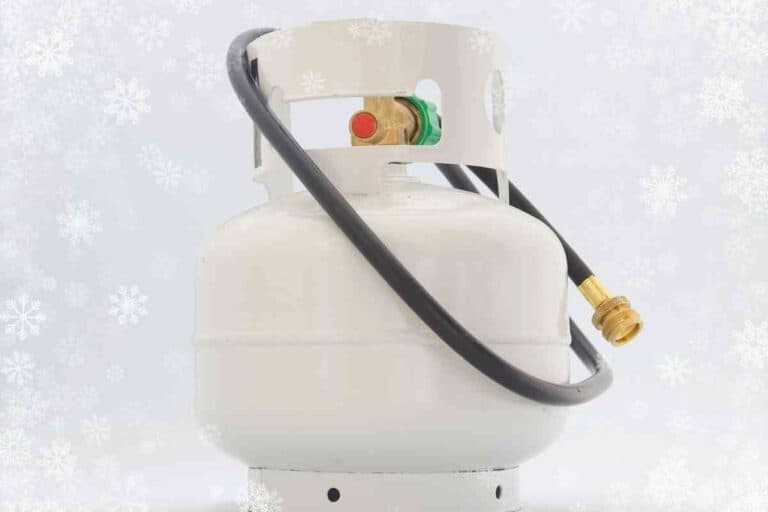
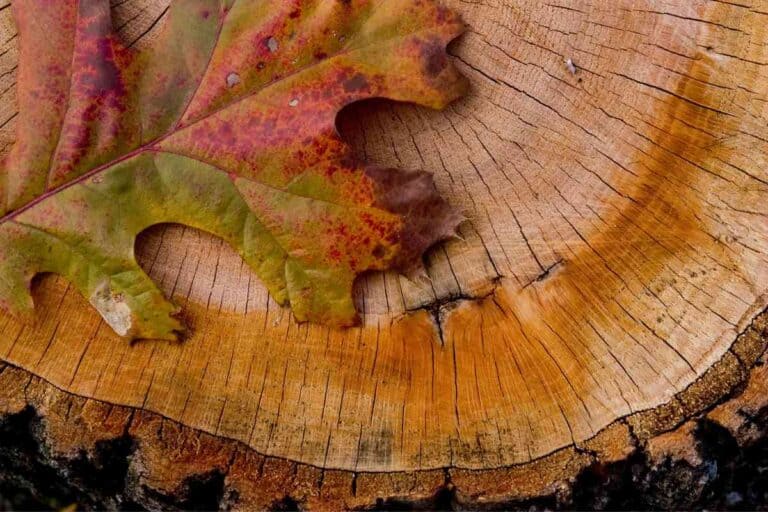

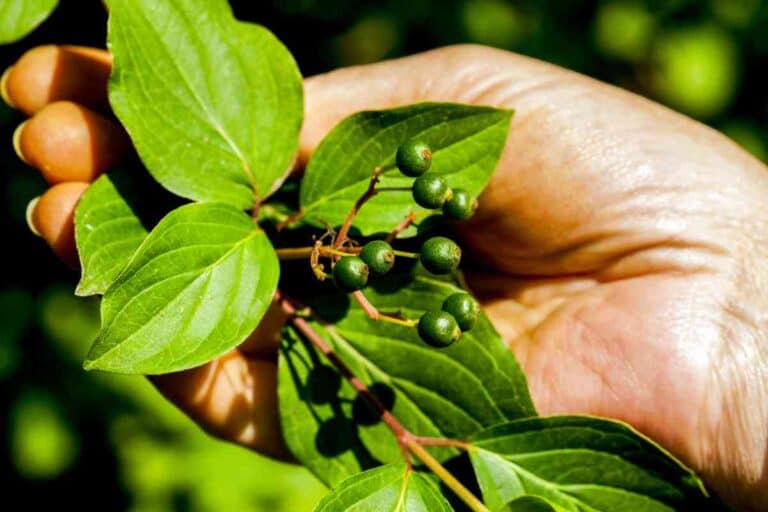
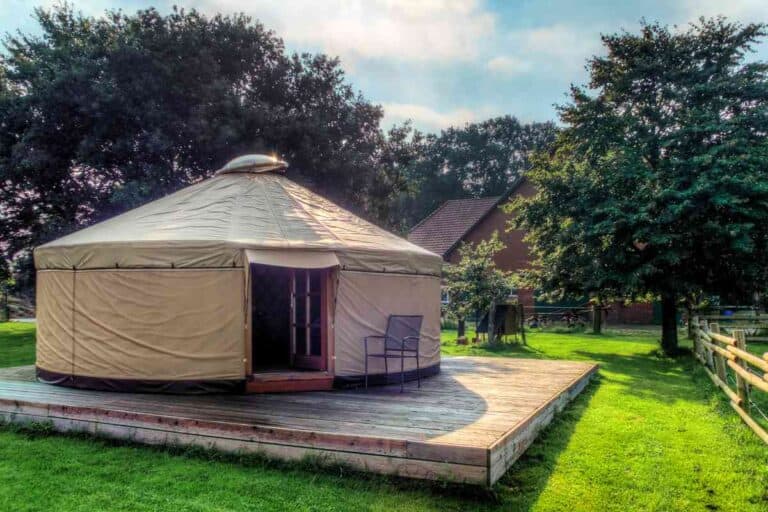
![Are Yurts Good For Hot Weather? [4 Tips To Stay Cool!]](https://freedomresidence.com/wp-content/uploads/2022/05/Can-You-Live-in-a-Yurt-Year-Round-2-768x512.jpg)